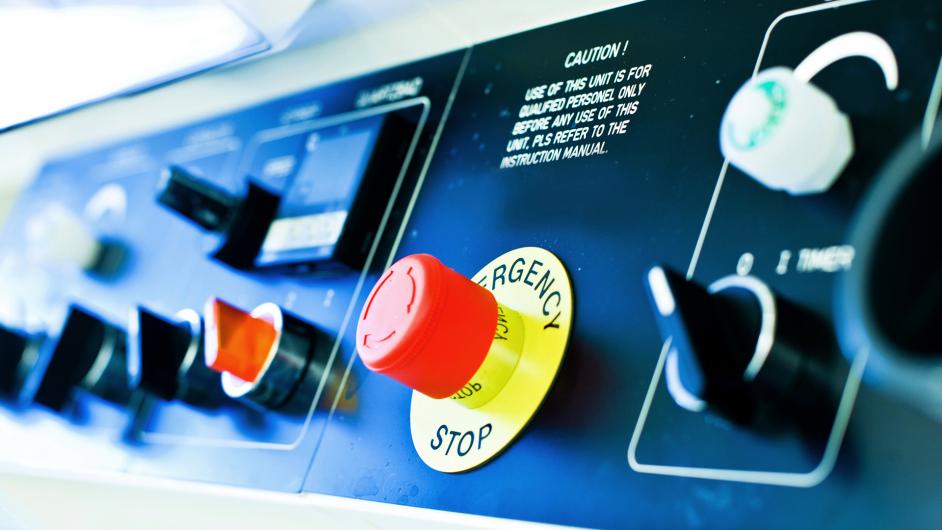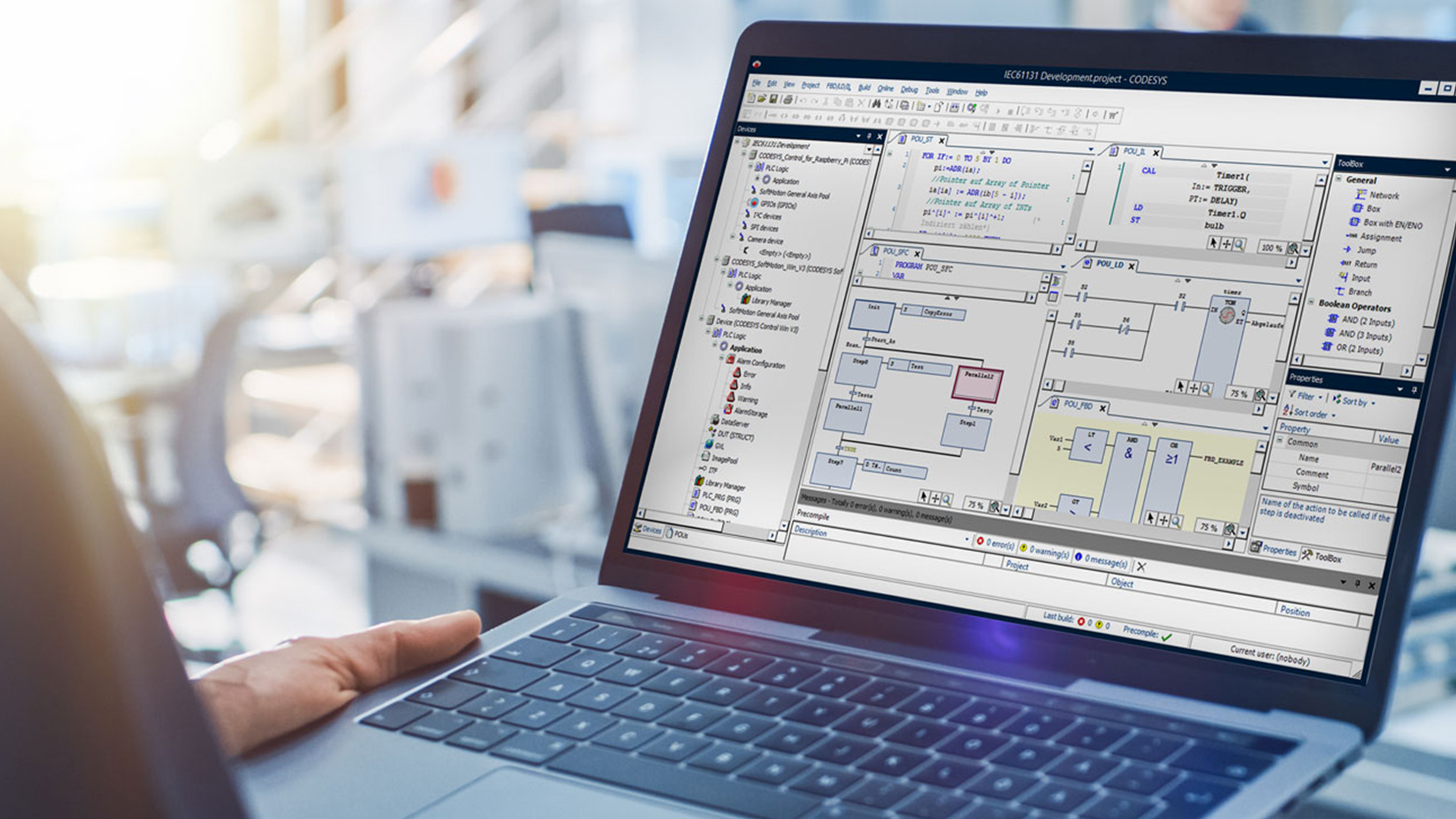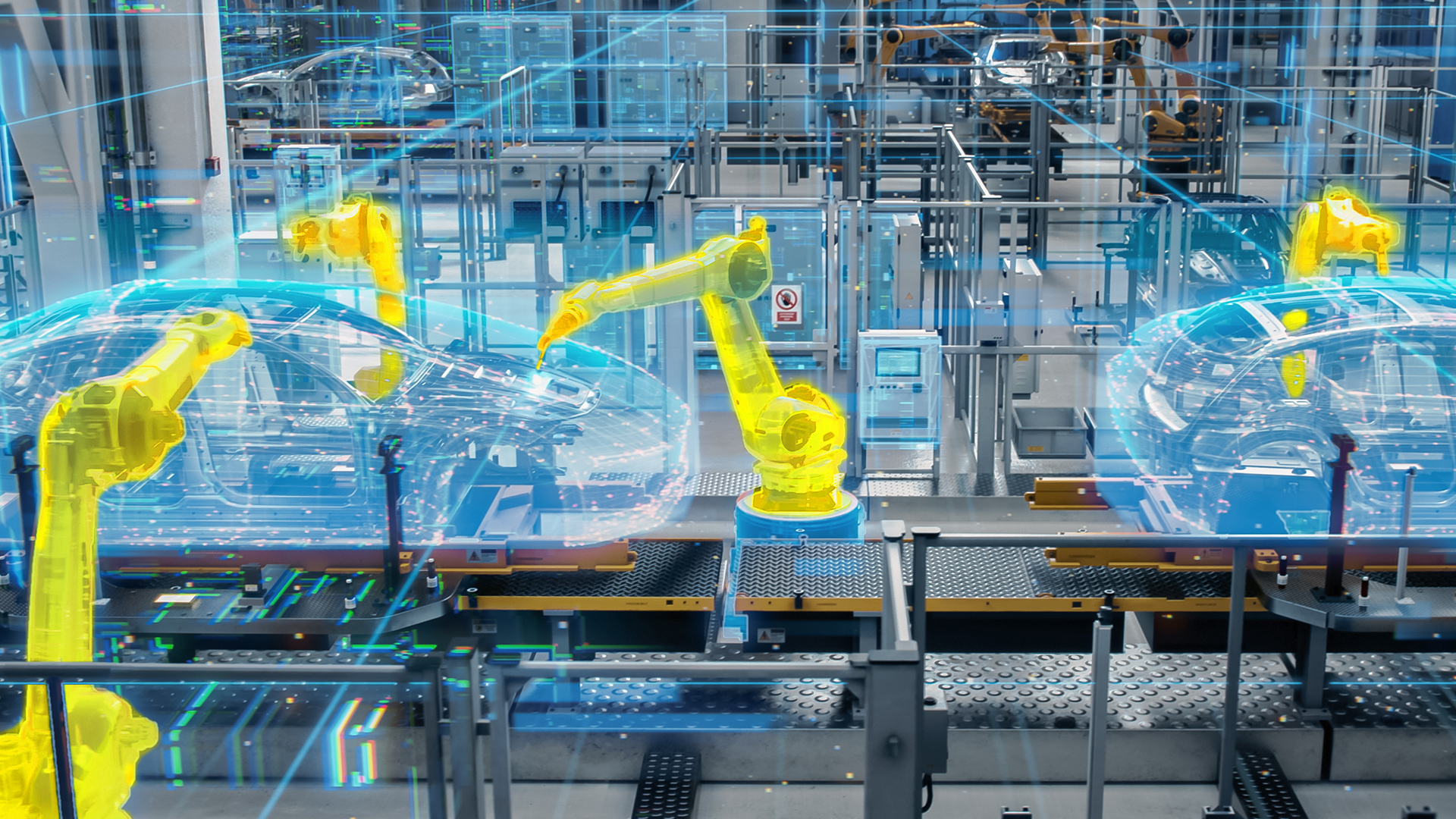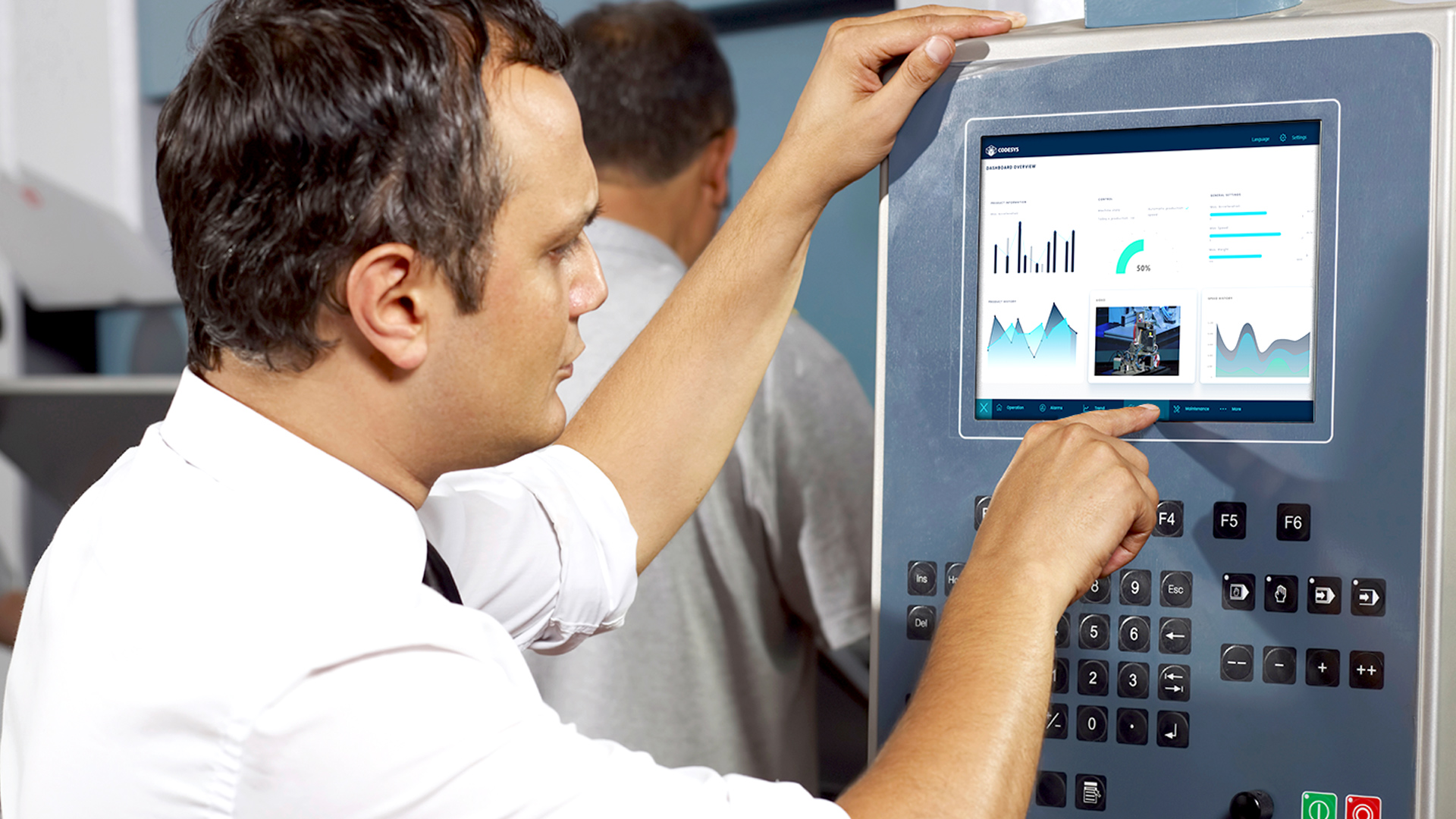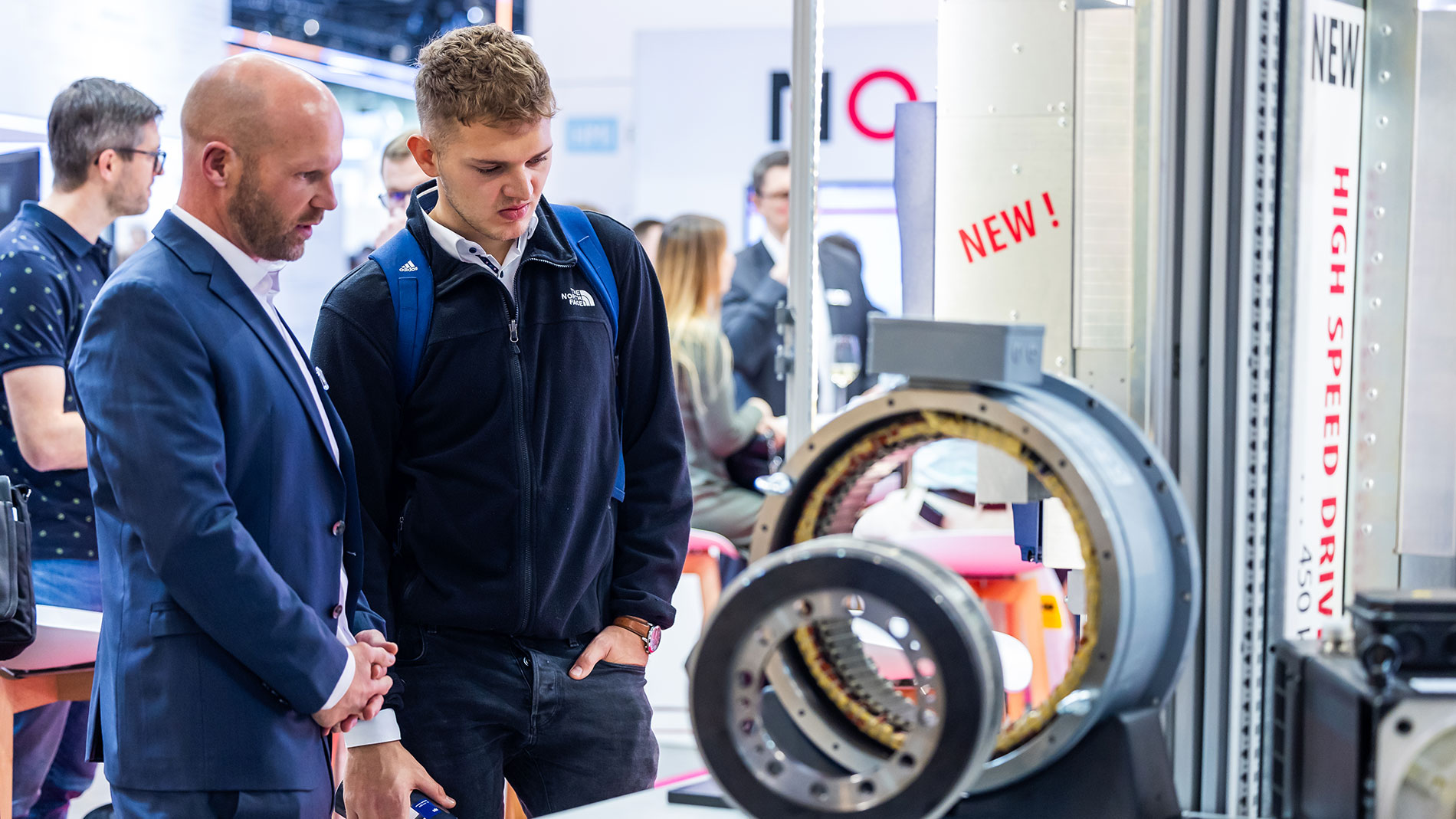The exhibitors of the SPS 2026 are expected to be published in spring 2026. Until then, you can find the exhibitors and products of the SPS 2025 here.
Exhibitor search 2025
Description
CODESYS Safety offers DIN IEC 61508 / ISO 13849 certified safety software for various application areas. Device manufacturers use CODESYS Safety SIL2 or CODESYS Safety for SIL3 to create safety controllers with suitable device platforms, e.g. for use in production machines or mobile machines. Both products considerably facilitate or accelerate the certification of such intelligent safety systems. In addition, CODESYS Safety for EtherCAT Safety Modules is another product variant available. It provides simple integration and configuration of SIL3 safety applications in EtherCAT networks on the basis of already certified EtherCAT Safety Modules. New: Virtual PLCs secured through coded processing can be operated device-independently on virtualized platforms in a container. Engineering and programming of the safety functions is seamlessly integrated in the CODESYS Development System with suitable IEC 61131-3 editors and other specific additional functions for the respective SIL level.
Product specifications:
- CODESYS Safety - Develop your own SIL3 PLC with pre-certified IEC 61508 Safety software components programmable with CODESYS.
- CODESYS Safety for EtherCAT Safety Module - If you do not have your own Safety PLC, simply implement your SIL3 Safety solution in CODESYS with decentralized EtherCAT clamps.
- CODESYS Safety SIL2 - Develop your own SIL2 Safety PLCs for example for mobile applications with pre-certified Safety software components programmable with the standard IEC 61131-3 development system.
- CODESYS Virtual Safe Control SL - Virtual safety controller without hardware binding, certified for SIL3

